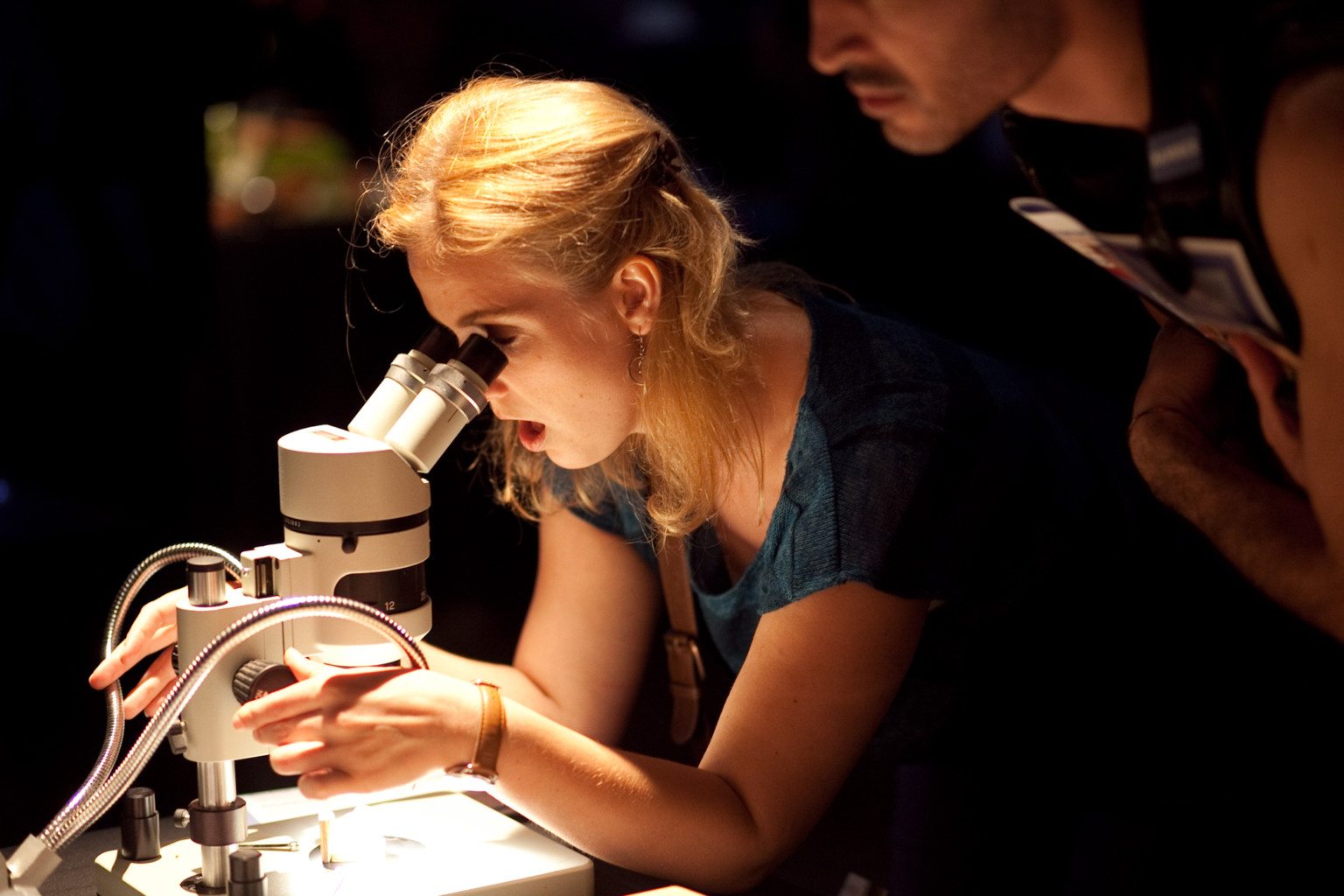The summer of scientific breakthroughs
Stem cell research
Stem cell research may be a controversial topic, but has shown impressive potential this past summer. In July, two men were found to be completely cleared of the HIV virus after receiving a stem cell transplant – a breakthrough in HIV treatment unlike anything before. Stem cell research has also made several other breakthroughs. Scientists have grown the first functional liver from stem cells. The liver has also been successfully transplanted in to mice, working well and increasing the lifespan of the mice with previous liver failure.
Voyager leaves Solar System
Dispatched 36 years ago, the NASA spacecraft has finally left our solar system and reached interstellar space, 12 billion miles away. It takes 17 hours for a radio signal sent by it, the spacecreaft, to reach us on Earth, and has travelled further than any other man-made object in history. Voyager was sent to study the outer planets of our solar system but after it completed its task in 1989, it just kept travelling. Although it is travelling at an impressive 100,000 mph, it will not reach another star for over 40,000 years.
Lab-grown meat
Scientists have successfully grown meat within a lab. By taking cells from a cow, they were able to grow strips of muscle. In August, using the lab-grown muscles, they produced the world’s first burger created without any slaughtering of animals. When the burger was sampled by food critics it received largely positive reviews, saying that the burger tasted good but not entirely like traditional beef. The scientists say that it may be several years before the burgers reach the market, and in this time they will hopefully perfect the taste.
False Memories
Scientists have successfully implanted false memories in to the brains of mice. The mice were placed in a box and the brain cells forming memories were tagged and made responsive to a flash of light. The mice were then placed in a different box, had their tagged brain cells activated, and given an electric shock. Placed back in the first box, the mice showed fear as they now associated the first box with the shocks, despite never receivng shocks in there. This showed that the mice now had an entirely false memory of the first box.

Comments (1)